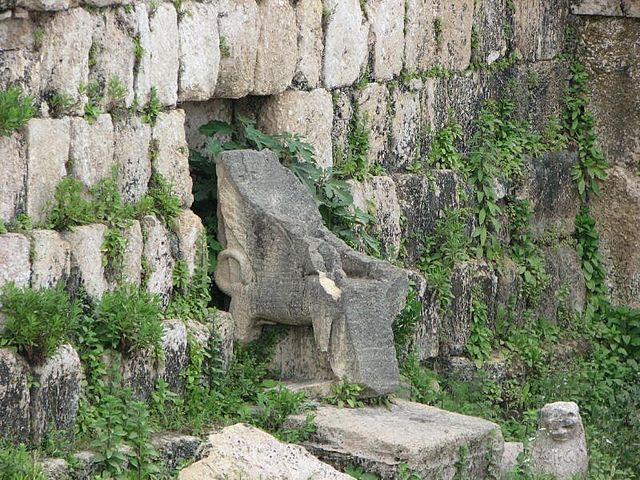Eshmun: Difference between revisions - Wikipedia
 Article Images
Article Images
Content deleted Content added
Line 12: {{quote|text=The [[Asclepius]] in [[Beirut]] is neither a Greek nor an Egyptian, but some native Phoenician divinity. For to Sadyk were born children who are interpreted as Dioscuri and Cabeiri; and in addition to these was born an eighth son, Esmunus, who is interpreted as Asclepius.}} [[Photios I of Constantinople|Photius]] (''Bibliotheca'' Codex 242) summarizes Damascius as saying further that Asclepius of Beirut was a youth who was fond of hunting. He was seen by the goddess Astronoë (thought by many scholars to be a version of [[`Ashtart|‘Ashtart]]) who so harassed him with amorous pursuit that in desperation he [[castration|castrated]] himself and died. Astronoë then named the youth ''Paeon'' 'Healer', restored him to life from the warmth of her body, and changed him into a god. A village near Beirut named Qabr Shmoun, "Eshmoun's grave," still exists.{{Cn|date=February 2023}} A trilingual inscription of the 2nd century BCE from Sardinia<ref>''KAI.'' 66</ref> also identifies Eshmun with the Greek [[Asclepius]] and the Latin Aesculapius. | |||